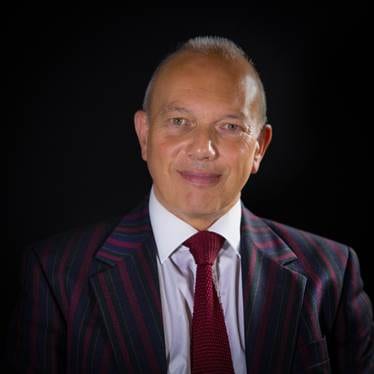This conference was held in July 2016 at the University of Derby. I found it very encouraging. In the past, events education has been criticised for being too preoccupied with the practicalities of event management, and for too little emphasis on a critical look at what events actually mean to people (see for example Rojek, 2013, p.18). However, judging by this conference, things are evolving.
The conference theme was ‘Making sense of events experiences’. This represented a welcome progression in thinking. Two presentations particularly resonated.
The first was a keynote presentation by Colin Beard, a consultant and teaching fellow at Sheffield Business School. Addressing the matter of the human senses in the audience experience, he referred to an early example – Singapore Airlines – of an attempt to ‘brand’ a service, incorporating not just triggers for visual recognition, but triggers for other senses, notably the sense of smell: see Lindstrom, 2016.
He also suggested that to regale audiences with multiple factual information streams can dilute their capacity for attention. Interestingly he alluded, as an example, to the use of PowerPoint display technologies in lectures. To use PowerPoint in addition to spoken delivery is to expect audiences to absorb two information streams, the visual and the oral. This resonated with my own reservations about PowerPoint.
Relating the conference theme to our own degree programmes, the question of ‘What is the nature of enjoyment?’ is at the centre of my second-year module, Understanding the Visitor Experience. If you are a student in the second year or first year, you can look forward to learning how holiday experiences, and audience experiences, give us pleasure. Be prepared for some deep thinking.
Another presentation that spoke powerfully was by Cathryn Peach of Wild Rumpus Events. Wild Rumpus is a social enterprise that organises outdoor events for family audiences, usually in natural environments such as woods and forests. The aim – which judging by her video sequences was well achieved – is to create ‘extraordinary worlds’ where an ambience of enchantment is created.
One of her replies to end-of-presentation questions fascinated me. Cathryn was asked if she routinely followed other companies’ work for inspiration. Her intriguing reply was in the negative. She felt that, if she spent too much time looking at what others did, the originality of her own work may be compromised with derivative content (my words, not hers).
So we can surmise that, in a world where ideas are endlessly recycled – Hollywood, for example, resurrecting successful film ideas on a twenty-five year rotation – a quest for originality of this kind is refreshingly novel. I remember once interviewing artistic directors of repertory theatres for a research project. Their common point was that they needed to be left alone to facilitate their creative vision.
Perhaps therefore, in a culture which places considerable emphasis on working together, we need to rediscover the creativity which emanates from the individual. When you think about it, many of the very successful large-scale events with which we are familiar are associated with the visionary talents of a particular individual, whether we are talking about the National Theatre or the Glastonbury Festival.
References
Rojek, C. (2013) Event Power: how global events manage and manipulate, London: Sage.
Lindstrom, M. (2016) Sensory Branding: using the five senses to build extraordinary brands. Available from: http://www.aipmm.com/html/newsletter/archives/000164.php
Date accessed: 19-10-16
Richard Voase
Senior Lecturer
October 2016

